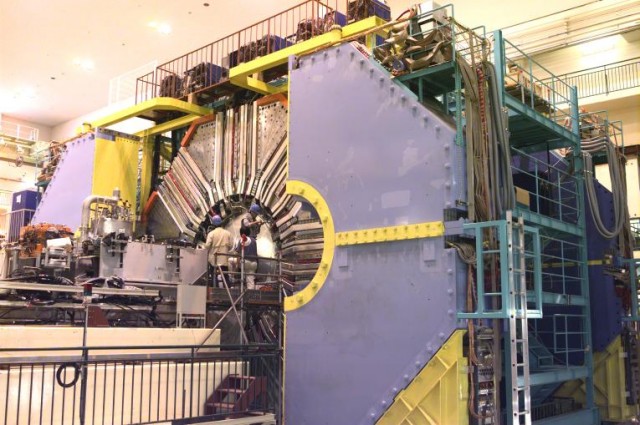Two accelerators find signs of a particle that nobody can explain
Ars Technica » Scientific Method 2013-06-18

Two different accelerators have found evidence for a particle that appears to contains four quarks, according to papers published in Physical Review Letters. Although particles with two and three quarks are common, this would be the first time that something containing four quarks has been spotted. Depending on the precise nature of the interactions among the quarks, this could be a discovery that keeps the theoreticians very busy.
With the discovery of the Higgs boson, the predicted collection of fundamental particles was complete. But one family of these fundamental particles—the quarks—combine with gluons to make more complex particles called hadrons and mesons. Hadrons include the proton and neutron, and they are formed by combinations of three quarks. Mesons, which are unstable, are comprised of pairs of quarks.
Having only two quarks would seem to make mesons fairly simple, when actually they're anything but. There are three families of quarks, each with a particle and antiparticle, and mesons can consist of any combination of these. They also create some of the more amusing nomenclature in physics, with mesons involving a strange quark being referred to as strangeonium, and those with a bottom quark as bottomonium.
Read 7 remaining paragraphs | Comments